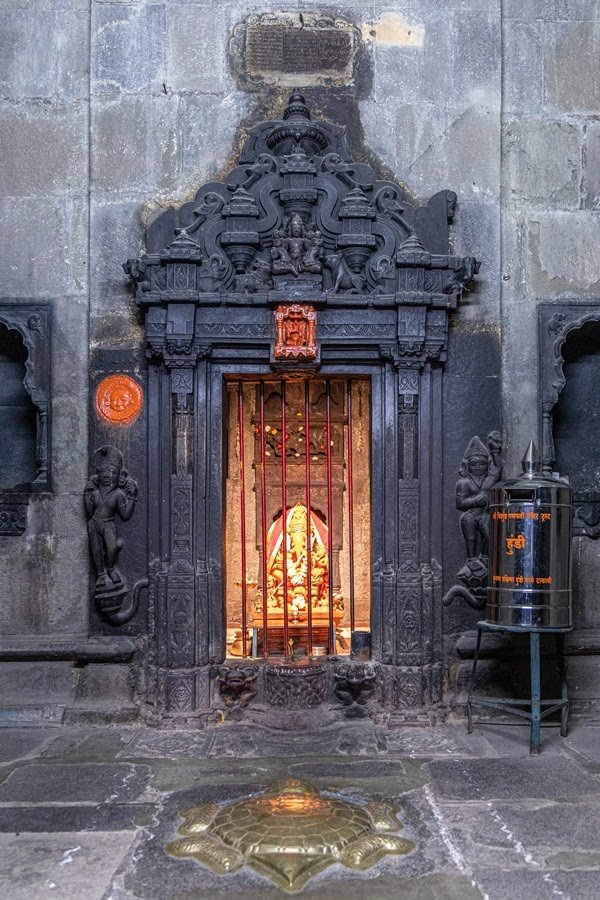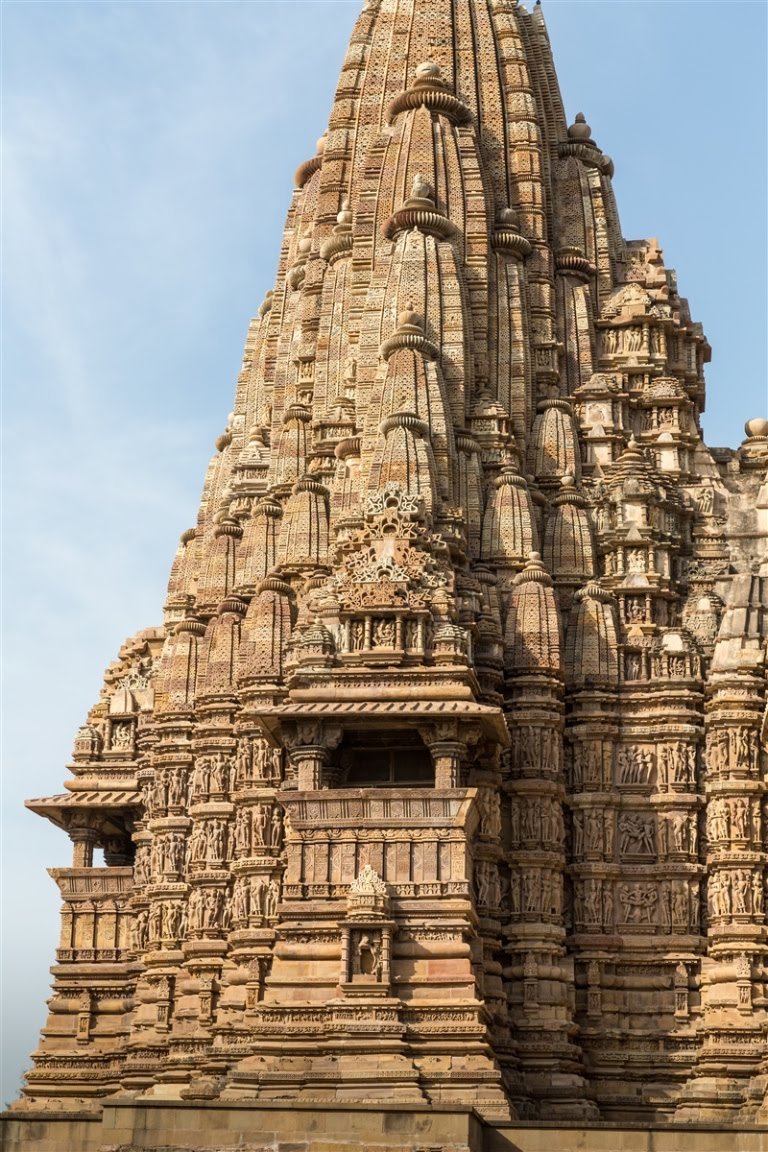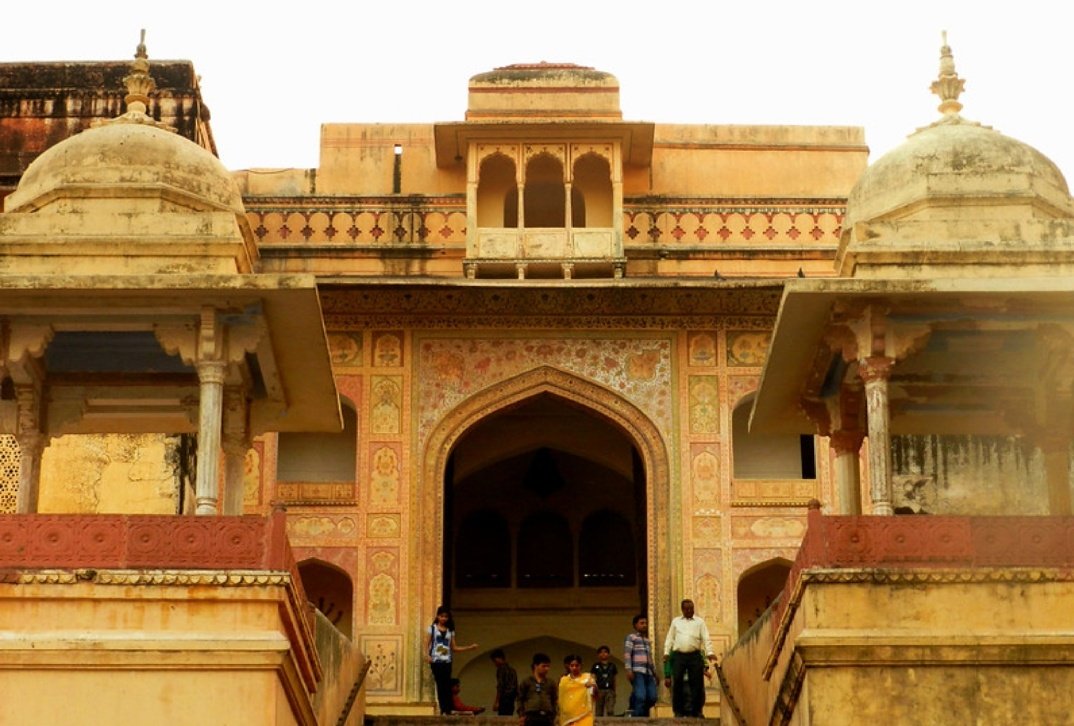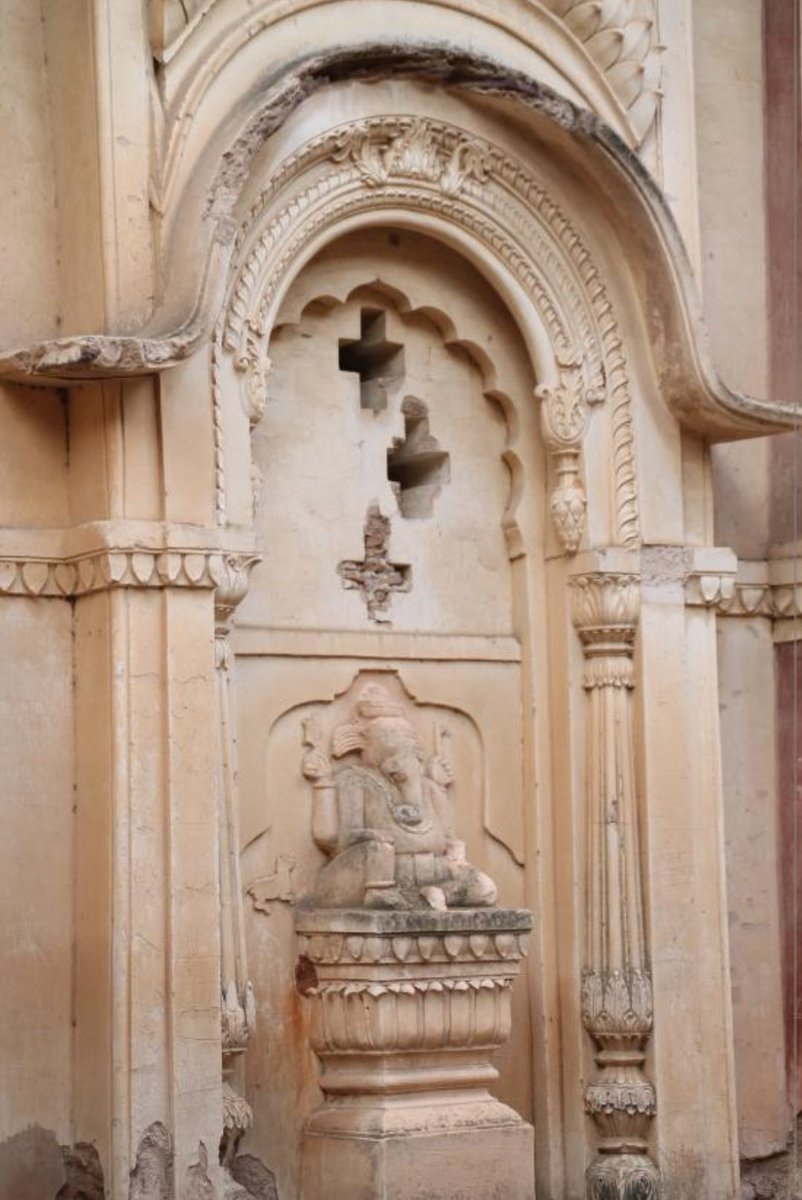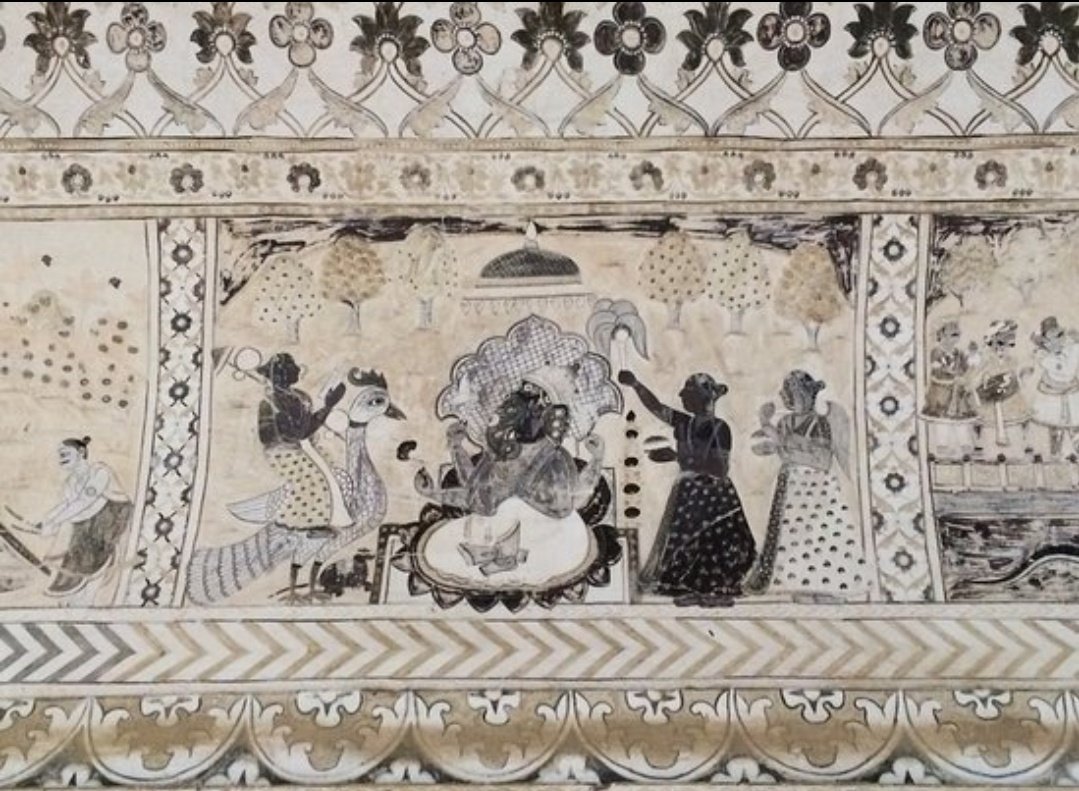#Sushruta is considered the "Father of Plastic Surgery." He lived in India sometime between 1000 and 800 BC, and is responsible for the advancement of medicine in ancient India.
#HistoryEncyclopedia #LegendsOfIndia


#HistoryEncyclopedia #LegendsOfIndia



Sushruta's teaching of anatomy, pathophysiology, and therapeutic strategies were of unparalleled luminosity, especially considering his time in the historical record. He is notably famous for nasal reconstruction.
#HistoryEncyclopedia #LegendsOfIndia
#HistoryEncyclopedia #LegendsOfIndia
One of the earliest instances of plastic surgery can be found in the #SushrutaSamhita, commonly dated to the 6th century B.C., and is attributed to #Sushruta (meaning "very famous‟ in Sanskrit)
#HistoryEncyclopedia #LegendsOfIndia
#HistoryEncyclopedia #LegendsOfIndia
Other contributions of #SushrutaSamhita towards plastic surgery include use of cheek flaps to reconstruct absent ear lobes, use of wine as anesthesia & the use of leeches to keep wounds free of blood clots.
#HistoryEncyclopedia #LegendsOfIndia
#HistoryEncyclopedia #LegendsOfIndia
#SushrutaSamhita comprises not only teaching regarding plastic surgery but contains composite teachings of surgery & all allied branches including midwifery & making it a comprehensive treatise on the entire medical discipline.
#HistoryEncyclopedia #LegendsOfIndia
#HistoryEncyclopedia #LegendsOfIndia
#Sushruta taught surgical skills to his students on various experimental modules, for eg, incision on vegetables (like watermelon, gourd, cucumber ,etc.), probing on worm eaten wood, preceding present day workshops by more than 2600 yrs
#HistoryEncyclopedia #LegendsOfIndia
#HistoryEncyclopedia #LegendsOfIndia

#Shushruta has described surgery under eight heads Chedya (excision), Lekhya (scarification), Vedhya (puncturing), Esya (exploration), Ahrya (extraction), Vsraya (evacuation) and Sivya (Suturing)
#HistoryEncyclopedia #LegendsOfIndia
#HistoryEncyclopedia #LegendsOfIndia
#SushrutaSamhita describes over 120 surgical instruments, 300 surgical procedures & classifies human surgery in 8 categories. The making of new nose captured imagination of the medical world & brought Sushruta, fame as the originator of plastic surgery.
#LegendsOfIndia
#LegendsOfIndia

The famous Indian Rhinoplasty (reproduced in Oct 1794 issue of Gentleman's Magazine of London) is a modification of ancient Rhinoplasty described by #Sushruta in 600 B.C. Even today pedicled forehead flap is referred to as Indian flap.
#HistoryEncyclopedia #LegendsOfIndia
#HistoryEncyclopedia #LegendsOfIndia
Method of Rhinoplasty () by #Sushruta in #SushrutaSamhita. He writes that wine should be used before operation to produce insensibility to pain.
#HistoryEncyclopedia #LegendsOfIndia
#HistoryEncyclopedia #LegendsOfIndia

#Sushruta specifically warns in #SushrutaSamhita that improper intervention with surgical maneuver either due to ignorance of the progress of the diseasebprocess, greed for money or lack of judgment, lead only to complications.
#LegendsOfIndia #HistoryEncyclopedia
#LegendsOfIndia #HistoryEncyclopedia
The #Sushruta's contribution in the field of Plastic Surgery can be enumerated as follows:
#HistoryEncyclopedia #LegendsOfIndia
#HistoryEncyclopedia #LegendsOfIndia

• • •
Missing some Tweet in this thread? You can try to
force a refresh




